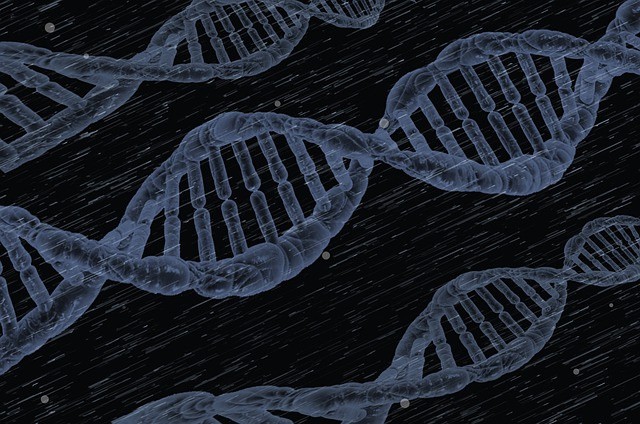
A study revealed that a widespread coronavirus outbreak hit East Asia about 20,00 years ago. It was one of the earliest recorded epidemics in prehistoric times that left tell-tale clues about the DNA of the hominids living then.
Coronavirus has shaped the human genomic sequence
During the Paleolithic or Stone Age, the lifespans of ancient humans were not too long; but a study led by a group of multinational researchers based in the University of Queensland made a surprising discovery, reported The Daily Mail.
A team of researchers from Australia and the United States has found evidence of a coronavirus epidemic that broke out more than 20,000 years ago in East Asia, according to a study published in the Current Biology scientific journal.https://t.co/y3aBFhFIdZ
— CNN (@CNN) June 26, 2021
Examining the DNA from samples that existed about 20,000 ago, they came across protein chains that exhibited signs of being exposed to coronavirus from that epoch.
The DNA of those who descended from East Asian origins showed that changes in natural selection developed resistance to severe coronaviruses.
Viruses that affected prehistoric humans
Taking a death toll of 3.8 million in almost two years, COVID-19 is only one of the many coronaviruses that emerged from animals and later infected humans.
In 2002, the severe acute respiratory syndrome or SARS spread. It was first detected in China, and it took a modest toll of fewer than 900 lives. Scientists realized that the extensive coronavirus epidemic that is believed to have struck 20,000 years ago has similarities to these modern viruses.
Aside from SARS, Middle East Respiratory Syndrome or MERS-CoV was detected in Saudi Arabia in 2012. The toll in deaths was more than 850 people during the outbreak.
According to Kirill Alexandrov, a synthetic biologist from the University of Queensland who authored the study, modern human genomic sequences were traced in the proteins, reported Science Daily.
These footprints, from the early evolution, were scrutinized in the same way the annual rings of trees are studied. Human DNA is a roadmap that records major changes marked by proteins as the species developed.
One of the sources used to back up the study was the 1000 Genomes Project, considered as an extensive mapping of the DNA or genetic variations existing at present. The focus was on the genes that control the coded proteins interacting with SARS-CoV-2 or COVID-19.
To investigate further, they made human and SARS-CoV-2 proteins and observed how the two would interact directly and how the process worked when cells would be breached by viruses.
Alexandrov also said that the computation scientists analyzed how genes evolved over time. The study presented the hypothesis that the forbears of East Asians in the Stone Age were exposed to a severe outbreak of coronavirus disease almost like COVID-19.
The particular places where East Asians are native to are China, Japan, Mongolia, North and South Korea, and Taiwan.
He explained that during the ancient outbreaks natural selection chose human genes that resisted diseases. The genes then stabilized into less susceptibility to types of coronaviruses.
These data shed light on the viruses, particularly the coronaviruses. Studies that focus on uncovering past epidemics could greatly help us in preparing for epidemics that may arise in the future.
© 2025 HNGN, All rights reserved. Do not reproduce without permission.








